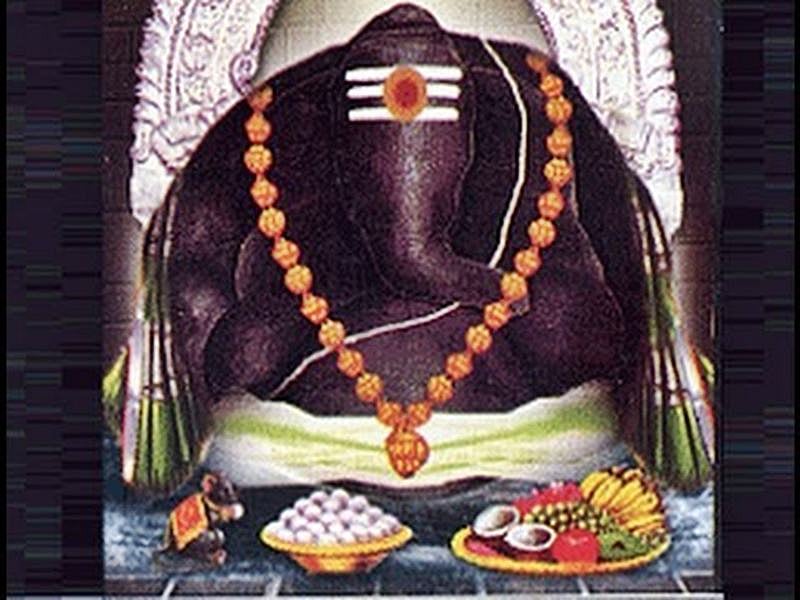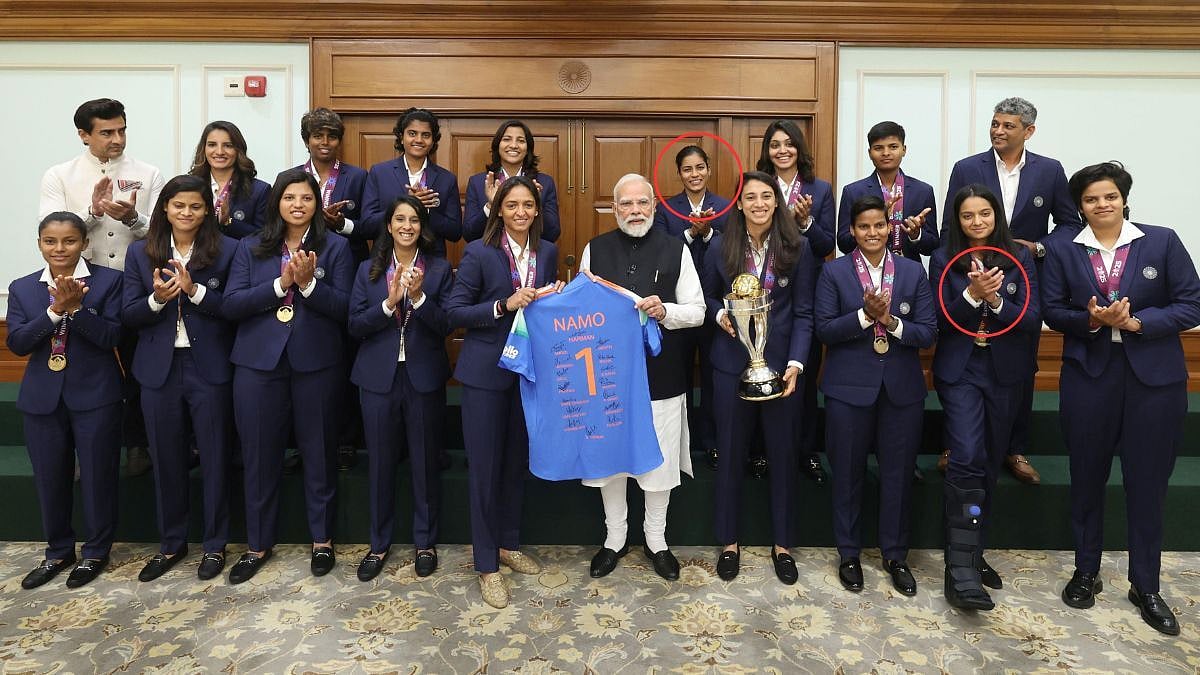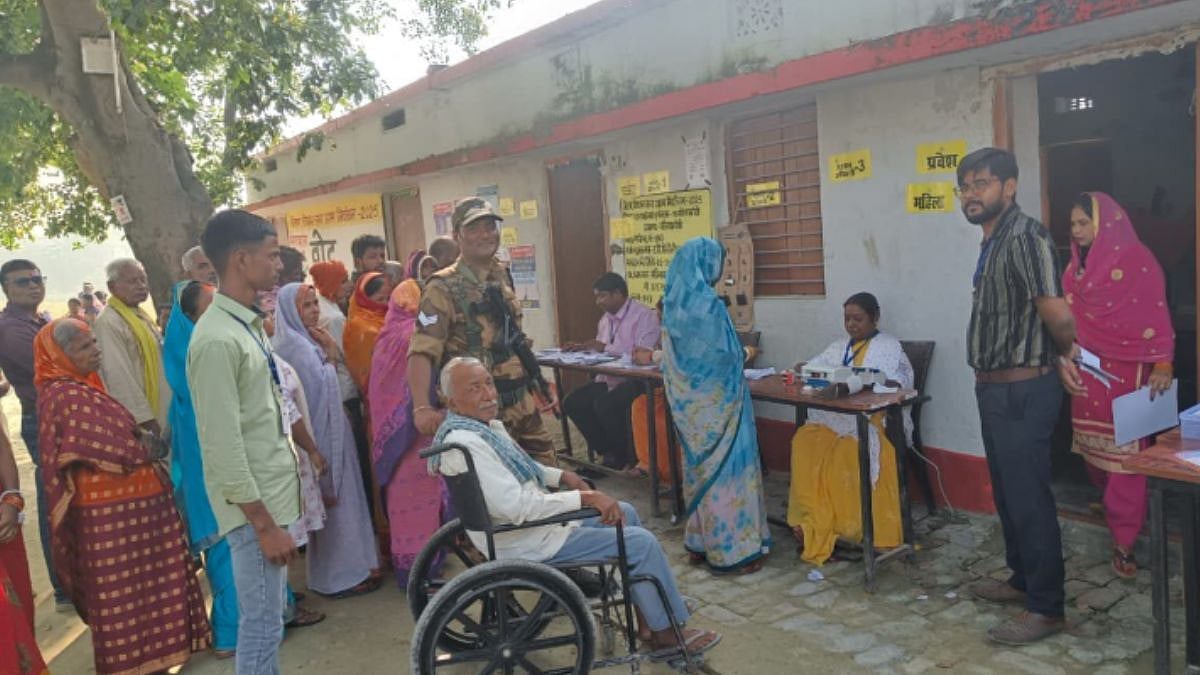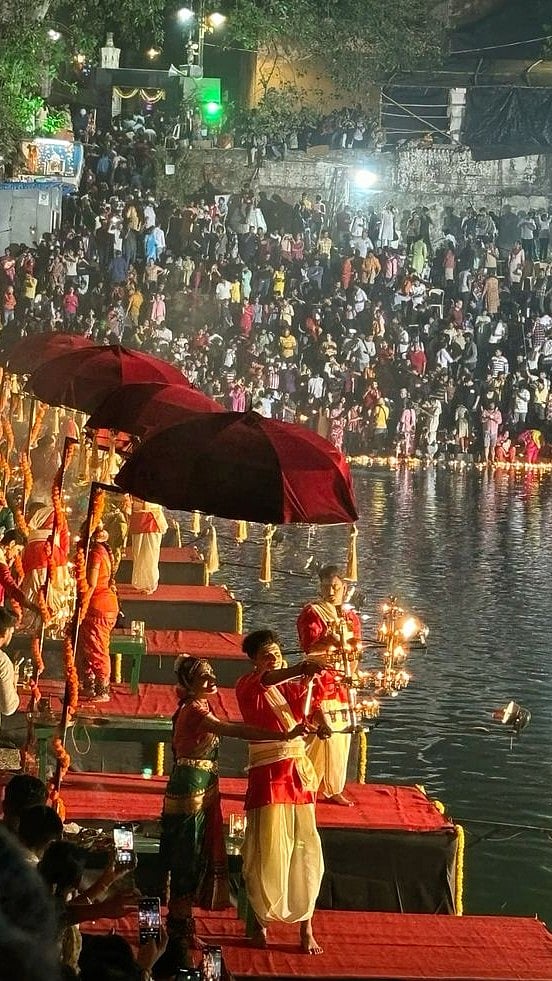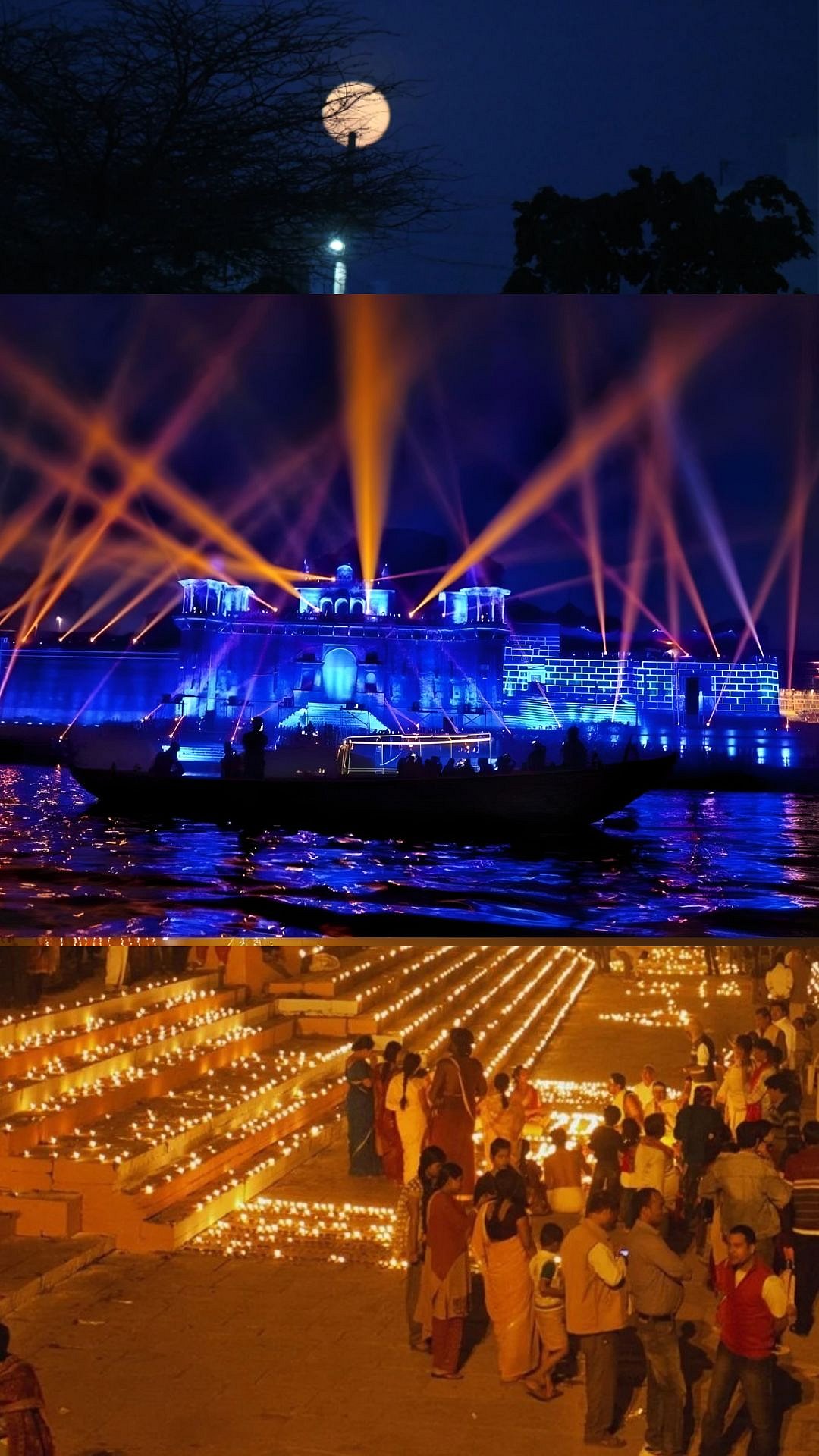Ganesh Chaturthi is the avatarana day of Gauri Putra Vinayaka. The tradition sees the worship of mother and son in Gauri-Ganesha puja. After a prolonged absence, Shiva was returning to Kailasa and this news was conveyed to Parvati. She created Vinayaka to guard the entrance and he gets beheaded while offering resistance. He later gets rejuvenated. He is given the position of ‘Gana+Adhyaksha’ or ‘Gana+Adhipa’, the leader of the Ganas, the followers of Shiva. Vighnas or the obstacle-causing elements needed to be kept in control and the role was won by Vinayaka. Since then he is also known as Vighnaraja or Vighnesha.
In all traditional Pujas, Vinayaka is worshipped first. He is called upon in Puja with his ‘shodasha namavali’ or sixteen names. Each of these names signifies his attribute or the exclamatory quality. The first name Sumukha conveys that he has an appealing/good/lucky face. This also teaches us to be of pleasant appearance and behaviour. Ekadanta talks of his single-tusk attribute. The associated tale communicates his sacrifice for the greater good. Kapila describes his attractive red colour. Often we see the Ganesha idols in Sindoor/red colour. Gaja-karnaka tells us of the need to listen more.
Lambodara advises us to hold important information and not to part in an indiscriminate manner. Vighnaraja communicates the well-known aspect of Vinayaka, who is the reigning lord of the obstacle-causing elements Vighnas. This explains why the ‘Prathama puja’, first worship he gets. Dhooma-ketu describes the smoky grey colour associated with him. Phaalachandra means the moon is on the forehead of Ganesha. The trunk in a curved shape is communicated by Vakratunda name. His ears are referred to by Shoorpa-karna which are also sharp. Shoorpa is the agricultural tool that retains the grain and throws out husk!
Herambha indicates God’s protecting nature. In fact, Herambha Ganapati is worshipped popularly in Tantra. Of the sixteen names that come in the end is ‘Skanda Poorvaja’ meaning one who is earlier born to Skanda/Shanmukha, or his elder brother.
The phalashruti of reciting these names gives us the benefits associated and also mentions the occasions when to recite. Of the mentioned occasions, the beginning of education (vidyarambhe), and marriages (vivahecha) are noteworthy. A whole new era begins with each.
Dr S Ainavolu is a professor at VPSoM, Navi Mumbai. Views are personal. You can read more at https://www.ainavolu.in/blog
